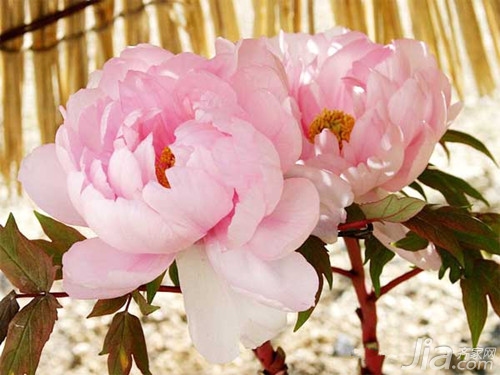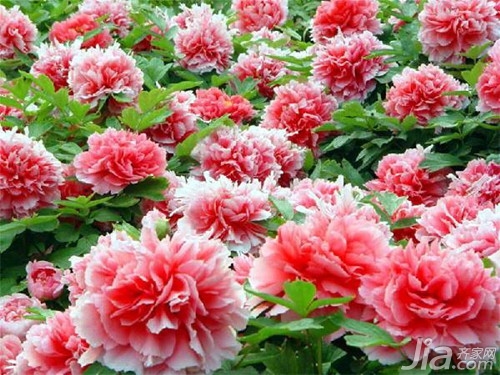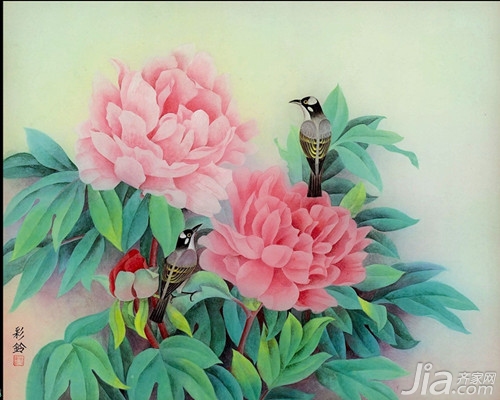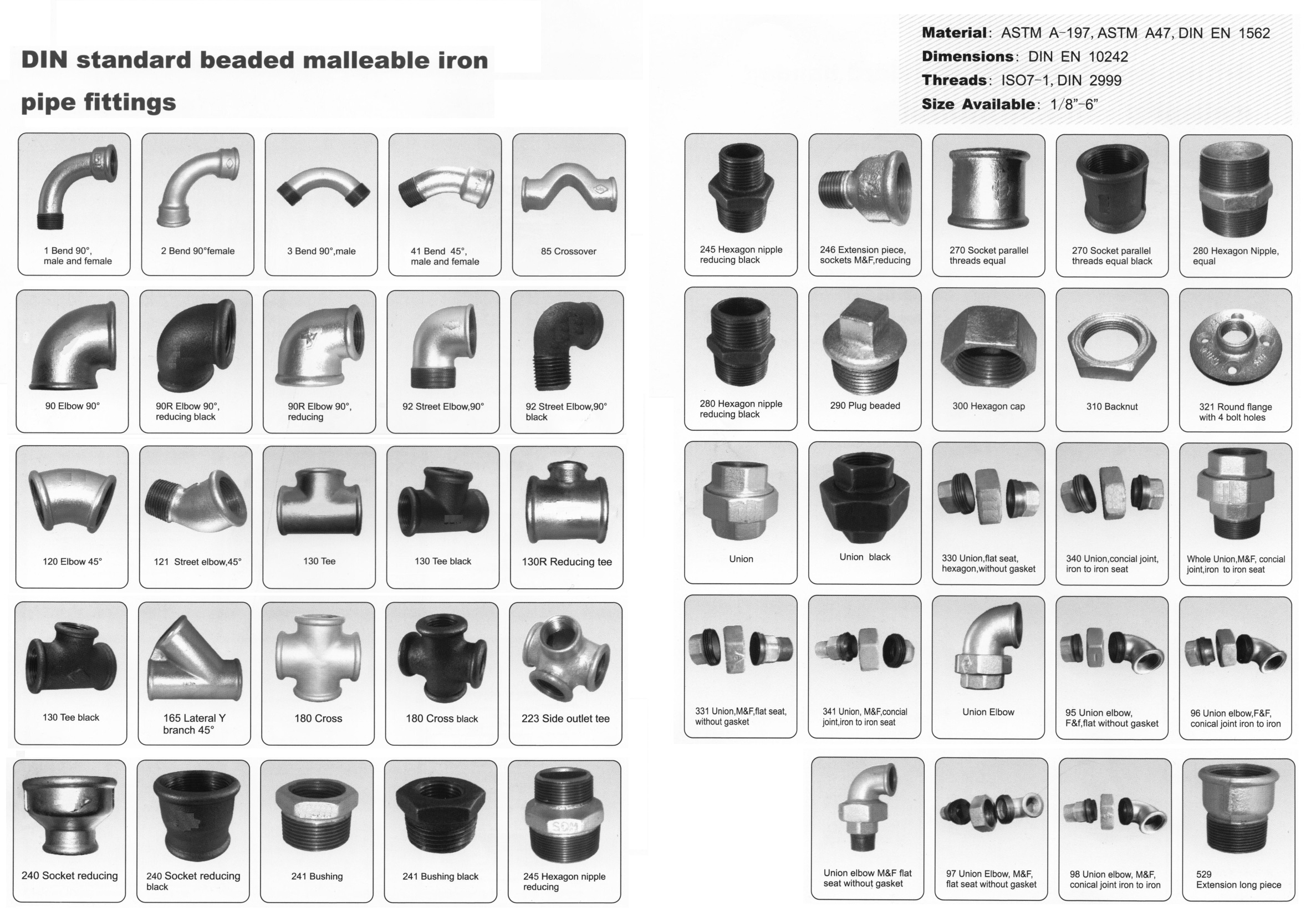Peony is a unique woody rare flower in our country. It is known as the "national color Tianxiang" and "the king of flowers". It has long been regarded as a symbol of wealth and auspiciousness and prosperity. It is native to Qinling Mountain and Daba Mountain in western China. In the mountain area, it is a perennial deciduous shrub, which grows slowly and has a small plant type. Peony is best known for its Luoyang peony and Heze peony; Peony Root Peel is used as a bonsai plant, and its flower color is numerous. Pink, red, white, and so on, pink to powder in the crown, white to Jingyu more famous. So Xiao Bian put together some information about peony flowers, let's take a look.

Morphological characteristics
The peony root has a strong flesh with less branches and fibrous roots. Plant height 1-3m, up to 2m, old stems grayish brown, when the year branches yellow-brown. Two to three pinnate leaves, alternate. The flower stem is single-stemmed and its flower diameter is 10-30cm. Its color is white, yellow, pink, red, purple, and complex color. It has single, double, double and Taiwanese flowers. There are five calyx.
When Peony blossoms
When peony blossoms, it can be covered or temporarily placed in the room to avoid direct sunlight. This can extend the flowering period. The buds on the top of the main branch are the leaves buds. They should be removed so as not to affect the flowering. In order to make the peony bloom brightly, it can be sprayed 2-3 times with 0.5%-1% dihydrogen phosphate solution during flowering. After the peony flower is cut, it is necessary to carry out a plastic trim, timely remove the residual flowers and pedicels, do not make the seeds, and retain 1-2 lateral shoots of the stem, so that the plants can grow vigorously and guarantee the flowering the next year.

Although peony is more cold-resistant, in cold areas such as North China, before and after the beginning of winter, it should be moved into the room and placed in the sunny place of the room, and the room temperature can be maintained at about zero degrees. It should not be too early to leave the room the following year. In areas where it is not too cold, the flowerpots can be buried in the soil in a place with hidden wind, so that the surface of the pots is flush with the ground to maintain the humidity and temperature of the potted soil, and the peony can also be safely overwintered. After the peony flower blooms in the spring of the second year, the peony will be dug out of the ground for normal management.
Peony watering should not be much, winter is generally not watering. After May, the weather is getting hotter. If it is dry, it can be watered in an appropriate amount. However, it should not be wet and dry. Rain and rainy season should prevent water accumulation, so as not to damage plants. Storms or continuous rain often make the soil harder. To dry after the rain, we must seize the loose soil. Timely soil loosening can improve soil ventilation. Peony roots are buried vertically, and loose soil should be deep. Every year, loosening the topsoil at least 3 times, once after the spring flowering time, once after the summer rainy season, and once after the autumn typhoon.

The characteristics of peony is "four should be four fears", that should be afraid of cold, should be afraid of heat, should be afraid of Yin, should be afraid of dampness. Therefore, the planting of peony must be in a place that is spacious, airy, sunny in the morning, and loose in soil. It should not be planted in waterlogged areas, wetlands, or rubble. When planting Taiwan, the size of the plant should be determined by the size and size of the plant, and the height should be determined by the original topography and groundwater level of the site. The general height of 50-100 cm, built of stones or bricks into the base, and make some broken tiles or broken bricks. If soil is heavy, use culture soil instead. The culture soil was mixed with 6 parts of land, 3 parts of rot and 1 part of ash.
Information on Peony's materials was introduced here for everyone. I hope this article will be helpful to everyone. If you still have something you don't understand, you can leave a message to Xiaobian at the bottom. We will answer your questions as soon as possible.
Chinese painting Peonies
Malleable Iron Pipe Fittings normally use for water pipelines,also can use for oil and gas. Because some of them need Galvanizing, so some clients all it G.I fittings or Iron Fittings. The fittings included Elbow,Nipples, Tees, Caps, Unions, plugs, etc. The details as follow:
Standard:
For BS Pipe Fittings: BS 21:1985
For ANSI pipe fittings: ANSI/ASME B1 20.1-1983
For DIN pipe fittings: DIN 2950/1692/2999
Mechanical Properties:
1)Tensile strength>or=330Mpa
(2)Bending strength>or=520Mpa
(3)Shearing strength>or=284Mpa
(4)Elongation eate>or=8%
(5)Hardness<or=HB150
Hydraulic Test
Test pressure:2.5Mpa
Working pressure:1.6Mpa
Chemical Compositions:
C:2.6%-2.8% Si:1.5%-1.8%
Mn:0.55%-0.7% S:0.25%-0.3%
Type:
Beaded, Beaded with rib, Banded,Banded with rib,Plain
Finishing:
Black, Hot-dipped galvanized, Electro-galvanized
Beaded Type:

Banded type:

Malleable Iron Pipe Fittings
Malleable Iron Pipe Fittings,Galvanized Fittings,Iron Fittings,Zinc Coated Fittings
HEBEI ZIFENG NEW ENERGY TECHNOLOGY CO.,LTD. , https://www.zifengpipeline.com